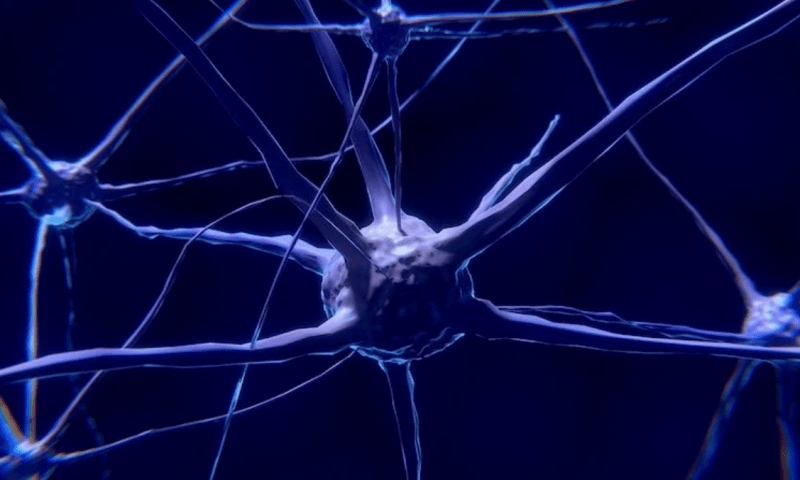Sox2 is a stem cell protein that’s known to proliferate after a spinal cord injury. Now researchers at UT Southwestern and Indiana University are proposing a method for harnessing the protein to promote healing.
The researchers used genetic engineering to reprogram specific cells called NG2 glia to overproduce Sox2 in mouse models of spinal cord injury. Within weeks, the reengineered cells produced mature neurons that contributed to improved motor skills in the animals, the researchers reported in the journal Cell Stem Cell. The study was led by Chun-Li Zhang, Ph.D., professor of molecular biology at UT Southwestern.
Zhang’s team started by searching injured spinal cords in animals for markers that would normally exist in immature neurons. They discovered a marker that’s produced by NG2 glia, non-neuronal cells that make oligodendrocytes, which in turn generate a layer of protective fat that wraps around neurons.
NG2 glia also form scars after spinal cord injury, taking on some properties of immature neurons. But how?
To answer that question, the researchers genetically manipulated NG2 glia to they could not make Sox2. In mice with that change, the researchers observed fewer immature neurons after spinal cord injury—a clue that Sox2 helps NG2 glia make the neurons.
The team went on to engineer the NG2 glia to overproduce Sox2 in mouse models of spinal cord injury. Not only did the mice produce tens of thousands of neurons, the scientists reported, those cells formed new connections with existing neurons—a key step for restoring signals between the brain and the rest of the body.
When the researchers compared the Sox2-overproducing mice to mice that made normal amounts of the protein, they observed that the altered animals performed better in tasks used to measure their motor skills. They also formed less scar tissue than did the control mice.
Sox2 is a transcription factor, meaning it can turn genes on and off, and as such it has generated interest among researchers studying a range of diseases. In December, a Harvard team discovered that delivering the gene that makes Sox2, plus two additional genes, into the retinas of mice boosted the population of neurons involved in vision.
In 2018, a team led by UT Southwestern’s Zhang discovered that injecting Sox2 into the brains of mice led to an increase in cells that function much like dopaminergic neurons. They proposed investigating the method’s potential as a treatment for Parkinson’s disease and related brain disorders.
As for manipulating Sox2 to treat spinal cord injuries, Zhang said that more research would need to be done to find a safe way to over-produce the protein in people, but that the idea holds promise.
“The field of spinal cord injury has extensively researched trying to heal the damage with stem cells that produce new neurons, but what we’re proposing here is that we may not need to transplant cells from the outside,” Zhang said in a statement. “By encouraging NG2 glia to make more Sox2, the body can make its own new neurons, rebuilding from within.”

